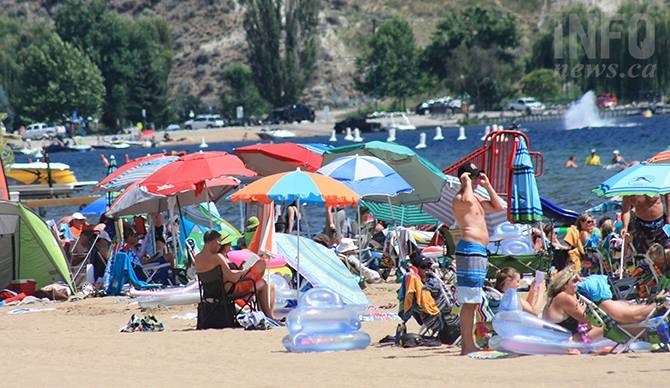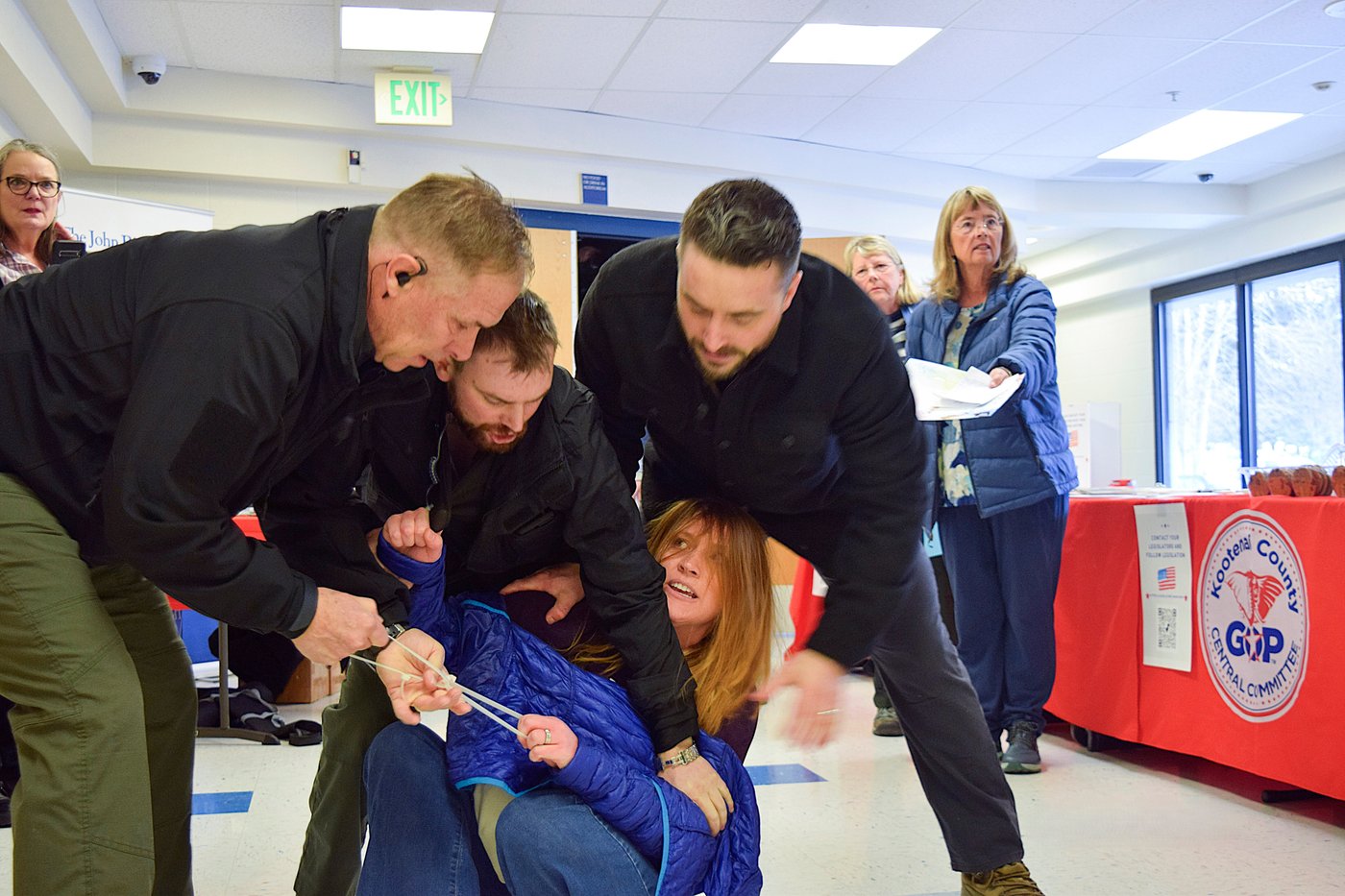Thompson-Okanagan fastest growing region of B.C.

The pace of population growth slowed in B.C. between July 1, 2020 and July 1, 2021 but for most parts of the Thompson-Okanagan, growth actually accelerated.
“The pandemic slowed population growth over the past two years, but our region fared better than other parts of the province,” Kelowna-based Karen Christiansen, spokesperson for the Chartered Professional Accountants of B.C., said in a news release.
“In fact, over the last five years, the Thompson-Okanagan’s population grew at the fastest rate in B.C., with new residents drawn here by lifestyle and recreational opportunities, lower housing prices and, more recently, the ability to work remotely.”
The region grew by 9,837 people during the year, with 6,791 coming from other provinces. The region’s total population is 619,894.
The numbers provided by the accountants come from B.C. Stats, a branch of the Government of B.C.
READ MORE: Sun Peaks, Lake Country and Kelowna fastest growing communities in Thompson-Okanagan
The province, as a whole, grew by 56,000 people, down from an annual average of 68,400 between 2010 and 2019.
Of the 9,837 more people in the Thompson-Okanagan, 5,775 were in the Central Okanagan, 1,206 in the North Okanagan, 1,111 in Okanagan Similkameen, 930 in Thompson Nicola and 815 in Columbia Shuswap.
While the entire region grew over the past year, the pace of growth compared to previous years varied by region and city.
Kamloops, for example, only grew by 0.6% (574 people) compared to 1% the year before and peak growth rate over the last decade of 2.5% in 2018.
Kelowna, the region’s largest city, gained 3,217 residents. That’s a growth rate of 2.2%, down from 2.3% the year before and a peak of 3% in 2016.
West Kelowna had the fastest growth rate of the region’s five largest cities at 4% (1,484 people), its greatest growth rate of the last 10 years shown on the data list.
Vernon grew by 1.6% (708 people) down from 2% the previous year. That tied with 2016 as its fastest growth year.
While Penticton grew by a mere 0.1% (43 people) that’s better than the -0.2% the year before. That city’s highest growth rate in the past decade was 2.2% in 2016.
There is also good news in the fact that the majority of people moving to the region were age 39 or younger.
“Attracting new residents to our region is essential, particularly younger people,” Christiansen said in the release. “Our population continues to grow older, with the average age being 45.4, up from 43.6 in 2011. People 65 and over currently make up nearly one quarter of our population.”
Housing supply has not kept pace with population growth, particularly in the July 2020 to July 2021 time period, she wrote.
Over the past five years, the region has averaged 4,105 new housing completions per year. That number dropped to 3,697 last year.
From 2017 to 2021 the region gained 50,982 residents and 20,524 housing units.
“Inadequate housing supply in the region has put pressure on housing and rental prices, posing a serious challenge to both current and potential residents,” Christiansen noted.
The fastest growing community in the region was Keremeos. It grew by 5%, adding 87 people to reach a population of 1,820.
Ashcroft was at the other end of the spectrum. It was one of six communities that shrank, dropping by 3.4% to 1,578 residents.
Sun Peaks, which was the fastest growing municipality in the region for the 2016-21 census period showed no growth over the past year.
To contact a reporter for this story, email Rob Munro or call 250-808-0143 or email the editor. You can also submit photos, videos or news tips to the newsroom and be entered to win a monthly prize draw.
We welcome your comments and opinions on our stories but play nice. We won't censor or delete comments unless they contain off-topic statements or links, unnecessary vulgarity, false facts, spam or obviously fake profiles. If you have any concerns about what you see in comments, email the editor in the link above.



